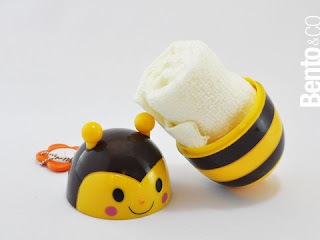I love January!
A: My birthday is in January. I'll be accepting gifts all month!
B: My favorite Japanese fruits are in season!
Although, now that I think about it, I love June and peaches....October and kyoho grapes...November and fuyu persimmons...most months have delicious fruit, actually. Winter fruit, though, makes me especially happy- cheerful, growing things are a good reminder, as I shiver in my Japanese refrigerator apartment, that winter here is not actually as severe as it feels. So, what's new at my local grocery store?
Yuzu!
I learned about yuzu when we moved to Japan. This aromatic Asian citrus is much more hardy than its distant Florida relatives, as it ripens in cold December and can tolerate below-freezing temperatures. Arriving in Japan, from China, around one thousand years ago, yuzu is a popular flavoring in many Japanese dishes, and it even makes an appearance in the traditional, Japanese bath. On the night of the winter solstice, bathing in a tub filled with bobbing yuzu is supposed to bring one good health.
My neighbors have yuzu trees in their gardens, and catching sight of the bright yellow orbs always perk me up on a chilly, grey day! In addition to being pretty, yuzu are also
delicious. More of a seasoning than a snack (like a lemon), I used some yuzu peel in a cabbage dish last week, and I'm planning on using the rest to make my favorite winter drink-
yuzu tea. Yuzu, with its rough, mottled surface, can sometimes look a bit like an orange, so I always sniff one to make sure I'm buying the right fruit. Yuzu have an intense scent, and smell, to me, like someone crossed a grapefruit with a pine tree. It's a sharp, clean smell. I'm already scouting online greenhouses for a supplier of yuzu trees, because my American garden is going to need one!
Kumquats!
I love cute, little kumquats, and their Japanese name-
kikan. The name for mandarin oranges, in Japanese, is
mikan. In
kikan, the
mi of
mikan is switched to
ki, which
is written with the character for "gold." Cute fruit
and cute name! Kawaii! I eat kumquats like candy, slicing them in half to squeeze out the seeds, and then popping both tiny halves in my mouth. Their skin is very thin and edible, and the taste is very sweet and tart. I also like to thinly slice them and toss them on a salad with a balsamic vinegar dressing. Delicious!
Strawberries!
You haven't had a strawberry until you've had a Japanese strawberry.
I say this as someone whose mother who dragged her children to Michigan strawberry fields to squat and pick for hours, in the beating sun, because it was "fun." I've eaten more freshly picked strawberries from the vine than I care to remember. I don't know if it's because Japanese strawberries ripen in winter, or if it's because they are grown on raised beds and never touch the ground, but Japanese strawberries are incredibly, almost supernaturally sweet. And, bonus: the raised beds mean no more bending and squatting to pick them (I love you, Mom).
I will buy a pack every time I go to the grocery store, from now until we move in March. We just can't get enough strawberries! I always set some aside for Mr. TF, and then Little TF and I gobble down the rest of the pack as soon as I can get them washed. Poor Mr. TF still doesn't get to enjoy many strawberries when he gets home from work; somehow, Little TF wheedles most of them away while he eats them. I guess he should probably go buy his own.
Strawberries are especially popular with Japanese women, as their high vitamin C content is said to beautify the skin. Another great reason to eat Japanese strawberries (as if I needed another one)! Strawberries are probably the most expensive of my favorite winter fruits, but my local grocery store still sells them relatively cheaply, which is a relief. Little TF's and my strawberry-eating habit is serious! We now also like to eat them the way you will if you pick at a Japanese green house- by dipping them into a can of sweetened, condensed milk.
Oishii!
Disclaimer: I do my best to make sure all my information is accurate. However, details may change or I may just be flat-out wrong. Please let me know if something needs a correction. Thank-you!


















